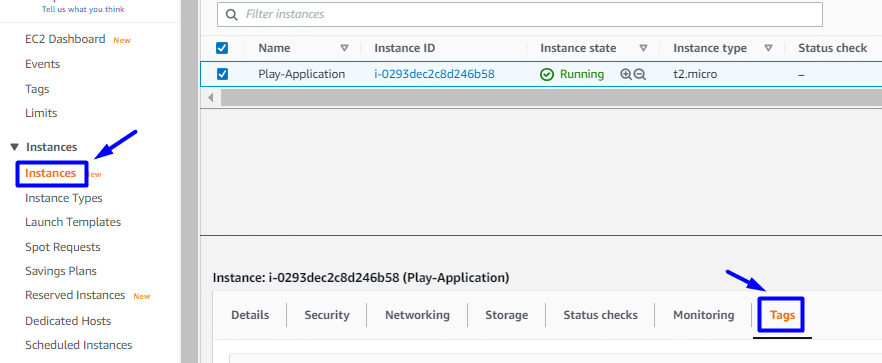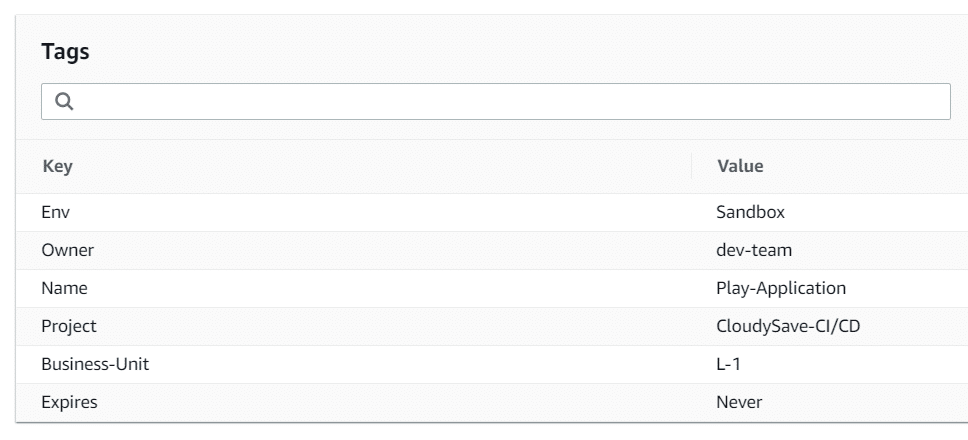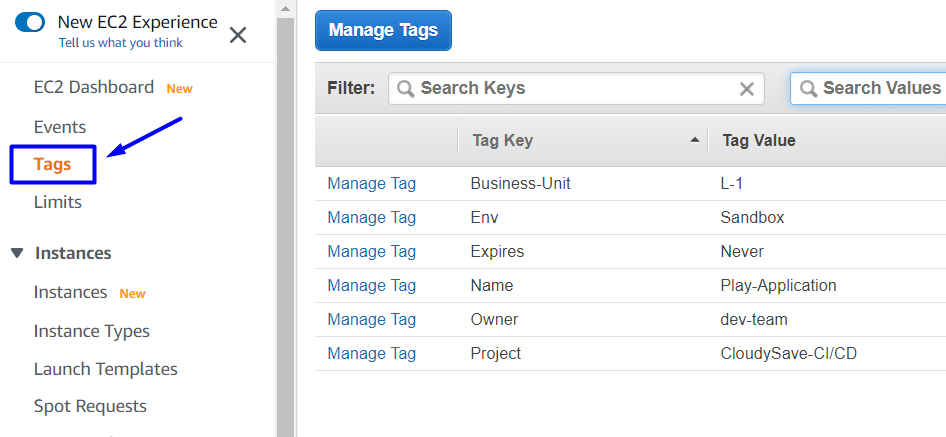What are AWS Tags? How do they work?
What are AWS Tags? How do they work?
This article provides a general overview of AWS based Tags, also highlights few of the use-cases in general.
Let’s get started with some of the basic questions.
What is a TAG?
> In simple English, It’s a label which is assigned to any specific resource. Every tag consists of a key and an optional value, both of which is defined by user.
> As per AWS, tag is a simple label consisting of a customer-defined key and an optional value that can make it easier to manage, search for, and filter resources. A basic metadata object to identify the resources.
What is it used for?
> Tags help in classifying your AWS resources. They can help you to manage, identify, organize, search for, and filter resources.
> The best way to use AWS tags is to classify resources by purpose, owner, environment, or other criteria. For more information, see AWS Tagging Strategies.
When do you need them?
> It’s always advisable to use tags when your environment demands a large # of resources.
> They help you and your teams to distinguish each resource from the others. This greatly improves teams to streamline the way they manage environments.
Where are they used?
> Almost, all the services support AWS Tags, You can add, change, or remove tags one resource at a time from each resource’s service console, service API, or the AWS CLI.
Tagging Categories
> The most effective way to use tags is typically creating a business-relevant tag groupings to organize their resources along technical, business, and security dimensions.
> The tags can be further boiled down to Technical & Business related Tags, Automation specific Tags, Security Tags etc.
Tagging Strategies
> There are multiple strategies implemented as per usage, practice, management etc. Few of the standard strategies are briefed below.
Cost Centric Tags are traditionally used to identify and manage business related tags such as cost center, business unit, project etc. These costs allows teams/org’s to oversee technical or security dimensions, such as specific applications, environments, or compliance programs etc.
Automation Tags are often used to oversee automation and infra-management activities. These are typically created to manage versions, templates, lights On/OFF (stop/pause resources during non-business hours).
Access Control Tags supports teams to oversee permissions to limit access to specific environments s (for example, development, test, or production)
Support & Security Tags are typically assigned to identify & manage resources that requires security and confidential practices. Support Tags are commonly used to manage day-to-day support and incident management activities.
How can you Display Tags?
AWS suggest couple of ways to display tags:
Displaying Tags for One Resource
Displaying Tags for All of the Resources
Displaying Tags for One of the Resources:
> The following example provides details on fetching the tags for one of the EC2 instance.
- Navigate to Amazon EC2 console, Find the Instances in Navigation Pane, the console will display list of Instances.(If available)
- Select one of the instance, Find the Tags tab under Instance details.

- You can view and manage all the tags associated with the specific EC2 Instance. You can edit the Tags to create, update & delete them accordingly.

Displaying Tags for One of the Resources:
- Select Tags from the Navigation Pane found in the Amazon EC2 Console. You can manage the tags wrt. EC2 over here.

Further Thoughts
AWS tagging is not optional but necessary to scale, develop and manage the overall AWS infrastructure. Start with your AWS tagging strategy now. In further blogs, we provide more details and information about AWS tagging, strategies and best-practices.